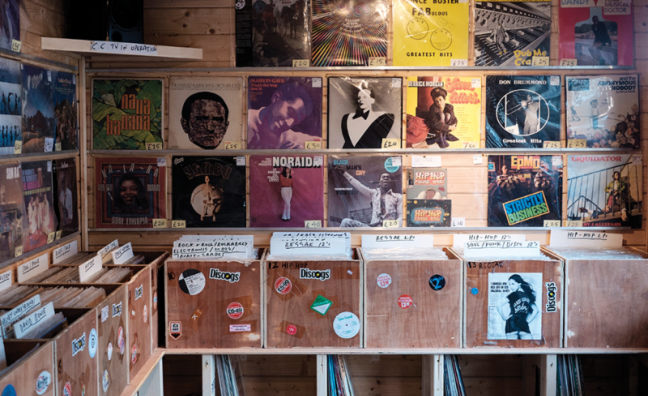Think of vinyl and you think independence, whether it’s an indie store or an indie label.
But first the supermarkets bit into independent shops’ market share, and now fresh Music Week research shows that the major labels have done exactly the same to their independent cousins.
According to the Official Charts Company, the three majors took a 64.7% share of vinyl sales in the first half of 2019, leaving the indies with 35.3%. Universal alone almost equalled the indies’ share, with 34.3%.
Yet as recently as (half year) 2015, independent labels took a huge 51.1% slice of the vinyl market, meaning back then Universal, Sony and Warner had to be content with 48.9%%. The majors’ share has grown every year since, apart from in 2018, when it dropped marginally.
Of course, the entire vinyl market has grown exponentially since then, with 2019 sales more than double what they were at this stage in 2015. But while the indies are collectively taking a smaller slice of a larger pie, they will surely be concerned at how the majors have muscled in on what was once their home turf.
In our latest quarterly analysis, David Hawkes put Universal’s rapid vinyl growth this year (the major’s sales on the format are up a staggering 31.2%) down to it managing to secure simultaneous vinyl releases for many of its biggest albums.
While the indies are collectively taking a smaller slice of a larger pie, they will surely be concerned at how the majors have muscled in on what was once their home turf
Good news for them, of course, but with more blockbusting releases taking up printing capacity, that could squeeze smaller companies further.
With the vinyl revival showing every sign of having topped out (Q2 sales were actually down 1.1% year-on-year, despite Record Store Day falling in the quarter), competition for market share is likely to intensify and that will mean labels using all available leverage to get product into the market at the optimum time (essentially: release day and Q4).
Fair enough, that’s business. But it’s also important to remember who built the LP revival in the first place, and how much of a lifeline it’s been for indie labels that, for the most part, have benefitted less from the streaming explosion. If vinyl is to keep thriving, the market still needs to work for everyone.







